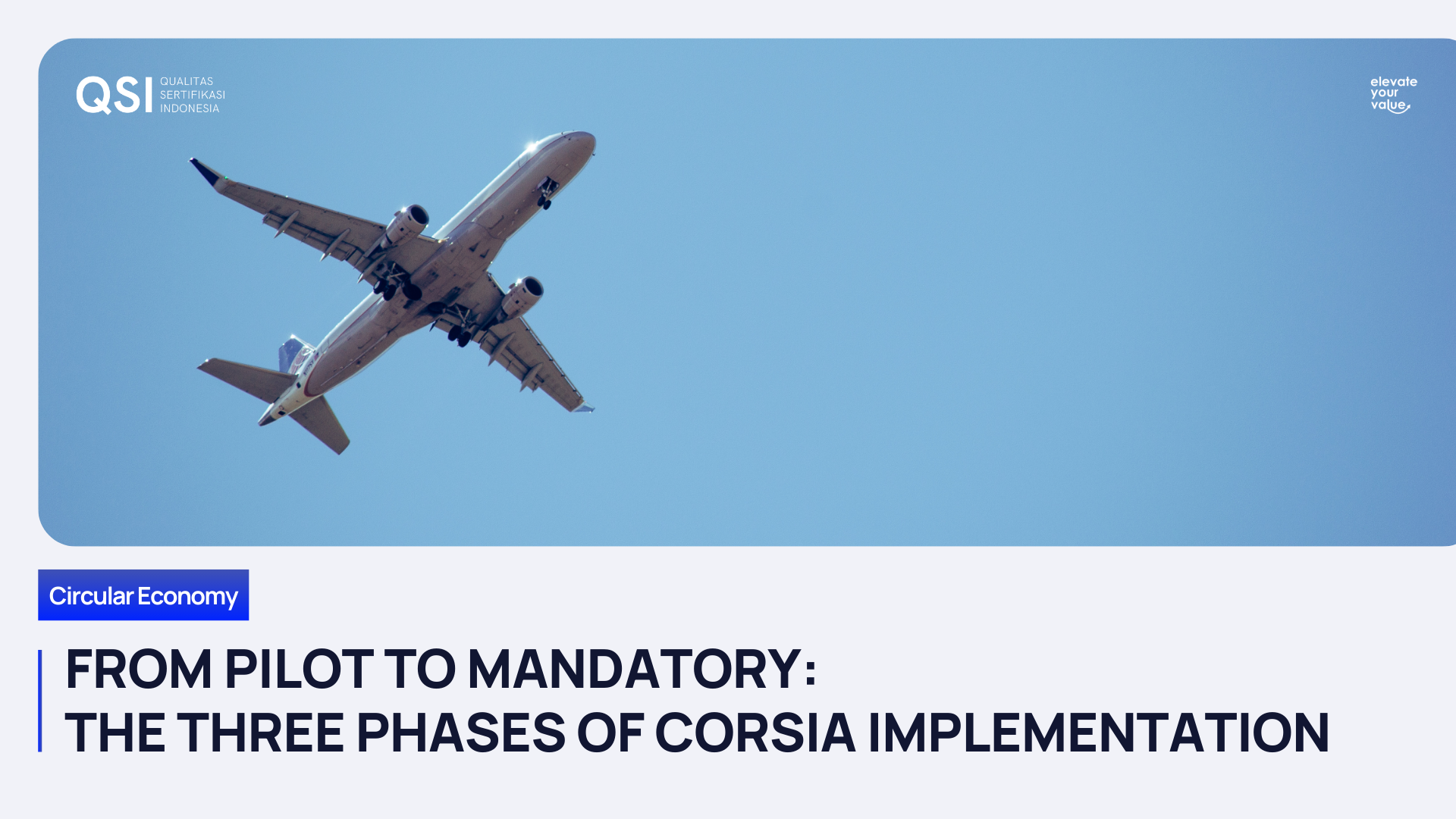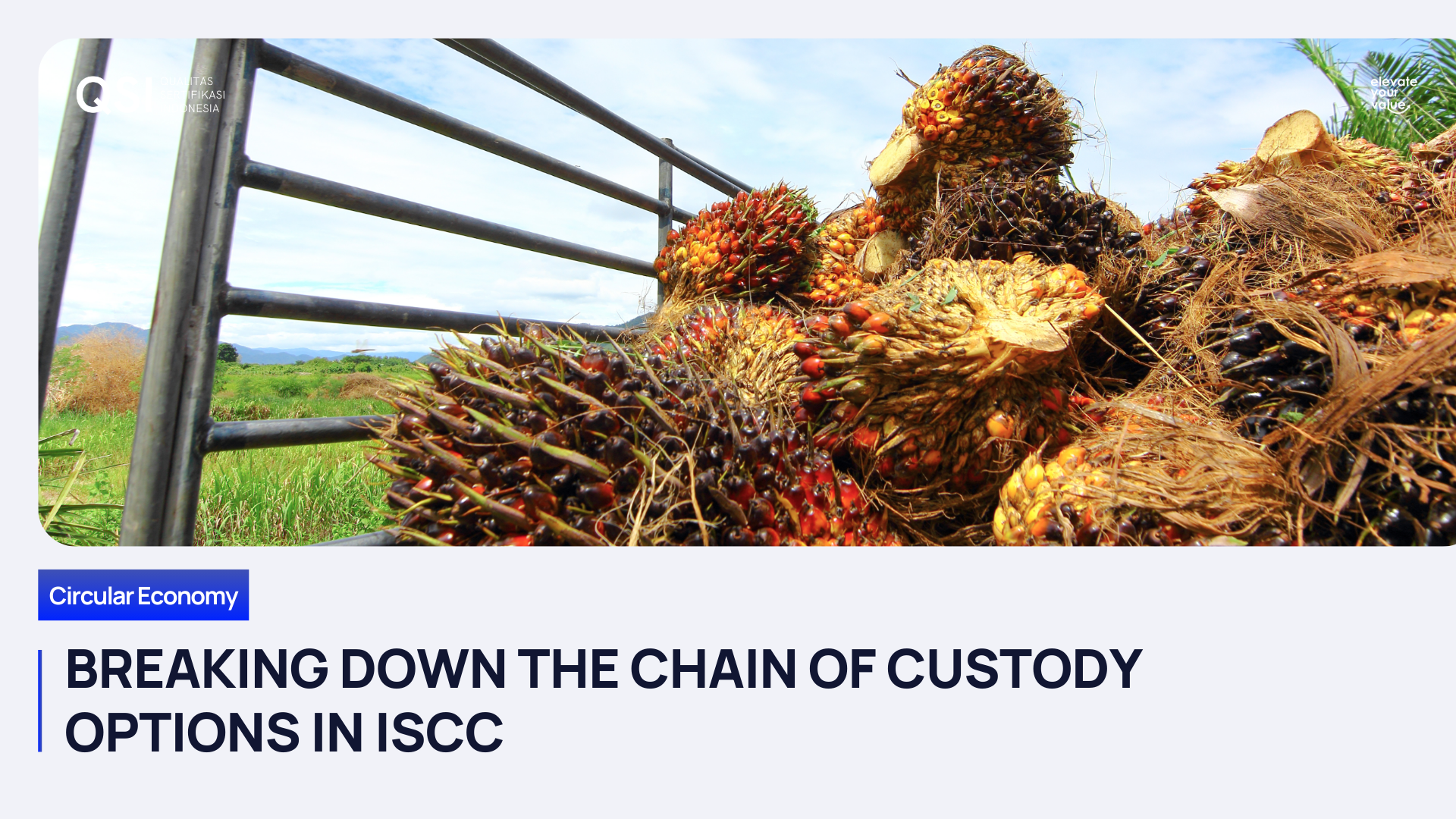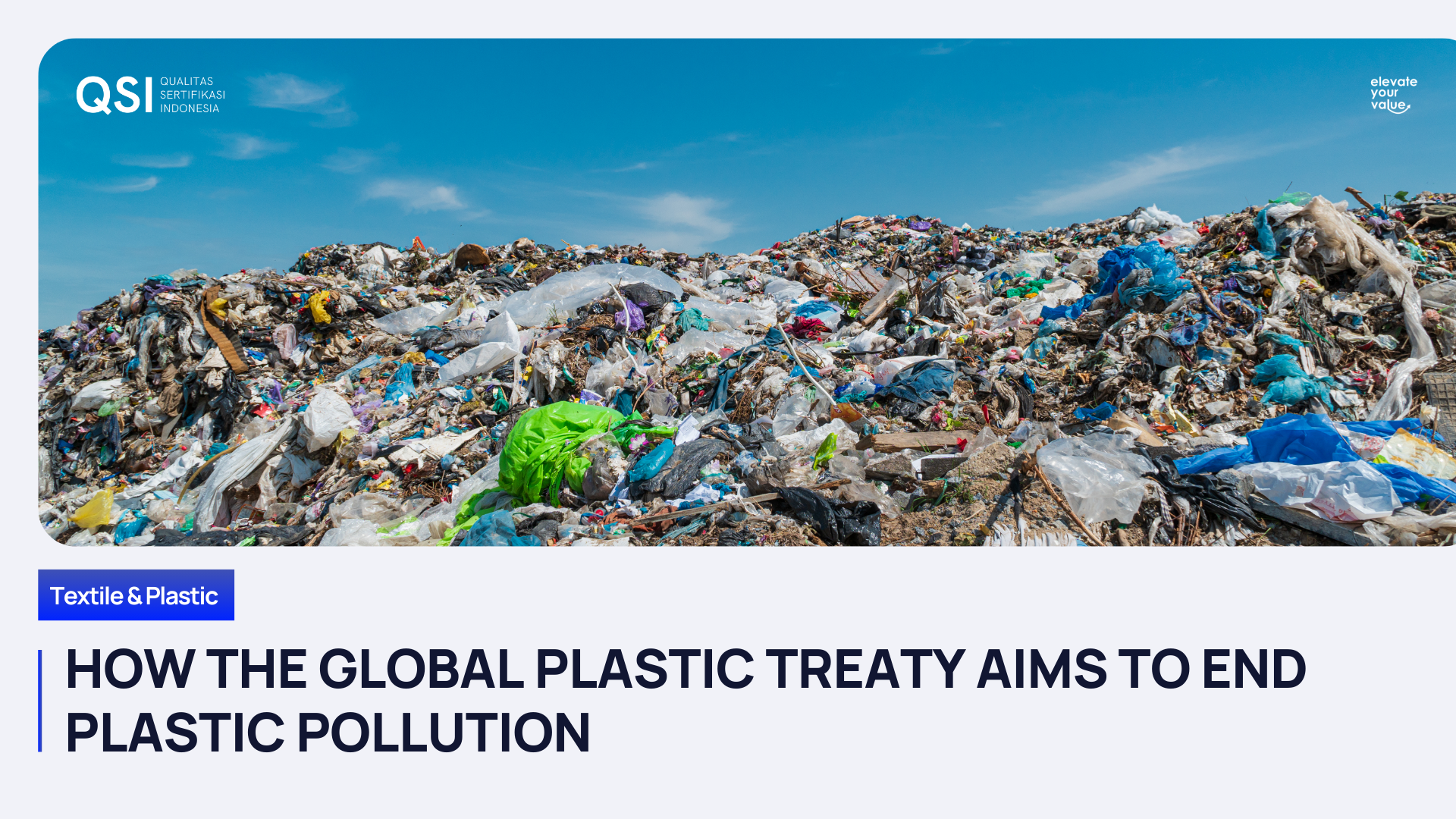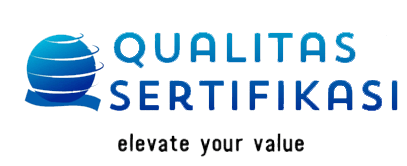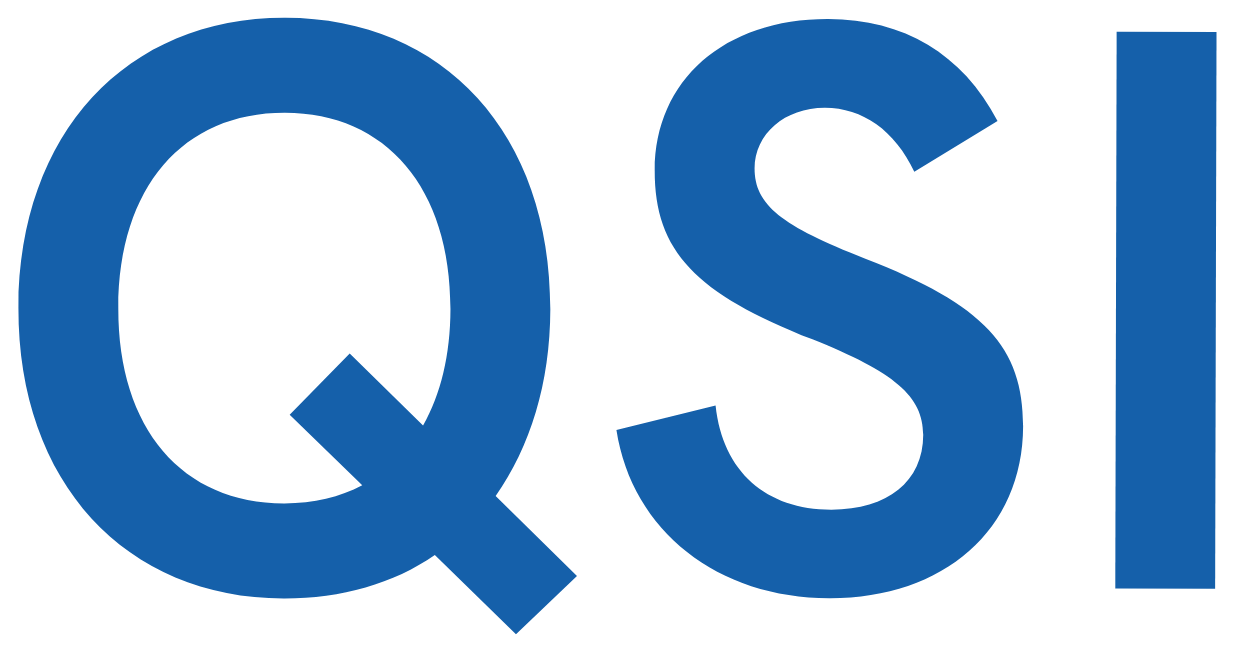Perhatikan Alur Sertifikasi SVLK Sesuai Pedoman Baru

Sertifikasi terkait keabsahan kayu atau Sistem Verifikasi Legalitas dan Kelestarian (SVLK) merupakan hal penting dan harus diketahui oleh setiap eksportir atau pengusaha kayu Indonesia. Dokumen penting ini wajib, untuk memastikan semua kayu dan produk yang diperdagangkan memiliki status legal yang jelas, dapat ditelusur, serta menggunakan bahan baku yang lestari.
Baru-baru ini, Kementerian Lingkungan Hidup dan Kehutanan (KLHK) mengumumkan pedoman baru pelaksanaan SVLK. Kebijakan tersebut ditetapkan melalui Keputusan Menteri Lingkungan Hidup dan Kehutanan Nomor SK.9895/MenLHK-PHL/BPHH/HPL.3/12/2022 tentang Standar dan Pedoman Pelaksanaan Sistem Verifikasi Legalitas dan Kelestarian.
Meski terjadi perubahan nama dan beberapa pedoman keterlacakan di dalamnya, tetapi hal ini tidak mengubah tujuan pemerintah mencapai tujuan pengelolaan hutan lestari dan berkelanjutan. Sistem ini merupakan alat untuk memastikan kredibilitas penjaminan legalitas hasil hutan, ketelusuran hasil hutan, dan/atau kelestarian pengelolaan hutan.
Dari sejumlah penyesuaian yang ada dalam pedoman baru tersebut, tipe auditnya tidak banyak mengalami perubahan, yaitu audit sertifikasi awal, audit penilikan, audit re-sertifikasi dan audit khusus (jika diperlukan).
Adapun poin penting pelaksanaan sertifikasi berdasarkan standar terbaru ini ada pada audit tahap 1, yang harus dilakukan oleh Lembaga Penilai dan Verifikasi Independen (LPVI). Hal ini bertujuan untuk mengecek kesiapan dokumentasi Auditee/Klien dan memastikan proses produksi sudah dilakukan sebelum dilakukan audit lapangan (audit tahap 2).
Berikut ini penjelasan singkat mengenai tipe-tipe sertifikasi/audit:
Audit Sertifikasi Awal
Tahap audit sertifikasi awal merupakan rangkaian kegiatan penilaian awal (tahun pertama) kepada Auditee/Klien, yang berkaitan dengan pemenuhan atas peraturan SVLK yang berlaku.
Adapun tahapan audit sertifikasi awal ini terdiri dari:
- Permohonan pengajuan sertifikasi;
- Kajian permohonan;
- Persetujuan atau penolakan permohonan;
- Penandatanganan kontrak perjanjian sertifikasi;
- Perencanaan audit;
- Pengumuman publik rencana audit;
- Pelaksanaan audit tahap 1 (dokumentasi);
- Pelaksanaan audit tahap 2 (kunjungan lapangan);
- Pelaporan audit;
- Pengambilan keputusan dan penerbitan sertifikat (jika lulus sertifikasi); dan
- Pengumuman publik hasil sertifikasi.
Audit Penilikan
Tahap ini berupa rangkaian monitoring kinerja pemegang S-Legalitas, yang dilakukan oleh LPVI terhadap Auditee/Klien. Periode penilikan ini disesuaikan dengan ruang lingkup S-Legalitas auditee/klien tersebut.
Langkah ini juga diperlukan untuk memverifikasi bahwa kegiatan operasional yang dilakukan oleh pemegang S-Legalitas telah taat dan memenuhi standar dan pedoman yang berlaku.
Tahapan proses audit penilikan ini antara lain:
- Pemberitahuan kepada pemegang S-Legalitas;
- Perencanaan audit penilikan;
- Pengumuman publik rencana audit penilikan;
- Pelaksanaan audit tahap 1 (dokumentasi);
- Pelaksanaan audit penilikan;
- Laporan hasil hasil penilikan;
- Pengambilan keputusan;
- Pemberitahuan hasil penilikan; dan
- Pengumuman publik hasil audit penilikan
Audit Re-sertifikasi
Audit sertifikasi kembali atau re-sertifikasi merupakan penilaian atau verifikasi yang direncanakan dan dilaksanakan, dengan tujuan untuk melakukan evaluasi pemenuhan seluruh persyaratan secara berkelanjutan terhadap suatu institusi, organisasi, atau lembaga tersertifikasi, serta memperbaharui masa berlaku S-Legalitas yang habis. Untuk tahapan prosesnya sama dengan kegiatan sertifikasi awal.
Audit khusus (jika diperlukan)
Audit khusus adalah kegiatan yang dilakukan untuk menginvestigasi keberatan/keluhan, berkaitan dengan perubahan yang signifikan, atau tindak lanjut dari Klien yang dibekukan sertifikasinya. Pelaksanaan audit khusus atau audit tiba-tiba ini dilakukan untuk memverifikasi sejumlah hal, yaitu:
- Ketidaksesuaian pemenuhan standar Legalitas yang dilakukan Klien. Hal ini berdasarkan keluhan yang disampaikan Pemantau Independen atau hasil monitoring yang dilakukan instansi pemerintah, setelah dilakukan Verifikasi Legalitas Hasil Hutan (VLHH) oleh PT QSI;
- Pemenuhan standar Legalitas sebagai tindak lanjut kepada Klien yang dibekukan sertifikasinya;
- Terjadi perubahan yang signifikan yang memengaruhi keberlangsungan pemenuhan legalitas usaha, seperti perubahan ruang lingkup;
- Klien menerima kayu yang berasal dari hasil lelang setelah penerbitan S-Legalitas; dan/atau
- Atas permintaan Klien itu sendiri.
Adapun tahapan yang perlu dilakukan untuk audit khusus ini adalah:
- Pemberitahuan kepada pemegang S-Legalitas atas rencana audit khusus;
- Perencanaan audit khusus;
- Pengumuman publik rencana audit khusus;
- Pelaksanaan audit khusus;
- Pengambilan keputusan;
- Pemberitahuan hasil audit khusus; dan
- Pengumuman publik hasil audit khusus.
PT Qualitas Sertifikasi Indonesia sebagai salah satu Lembaga Sertifikasi yang terdaftar dan aktif menyediakan layanan sertifikasi SVLK, terus melakukan pembaruan selaras dengan aturan baru dari KLHK. Melalui website dan media sosial, kami terus berusaha membagikan informasi terbaru seputar SVLK.
Untuk mendapatkan informasi lebih lanjut seputar pedoman baru SVLK maupun ruang lingkupnya secara mendalam, bisa langsung menuju
halaman sertifikasi SVLK atau
menghubungi kontak yang tersedia.
